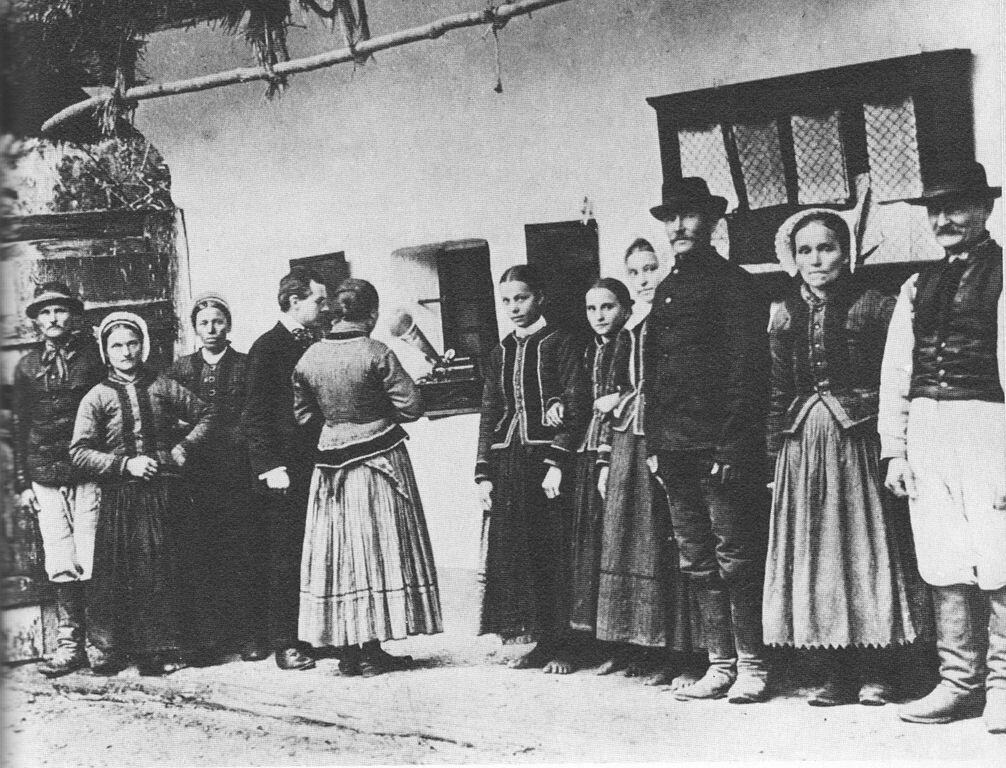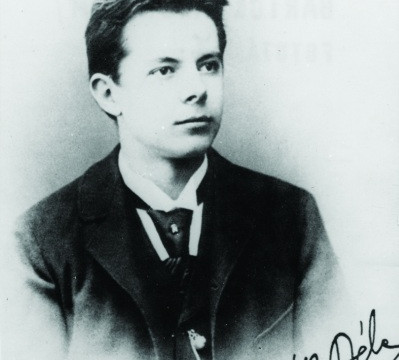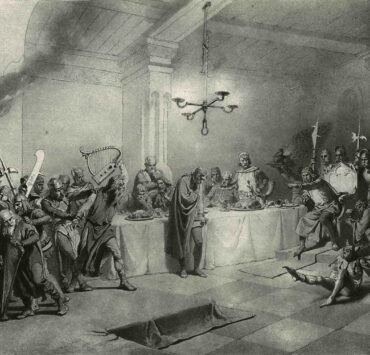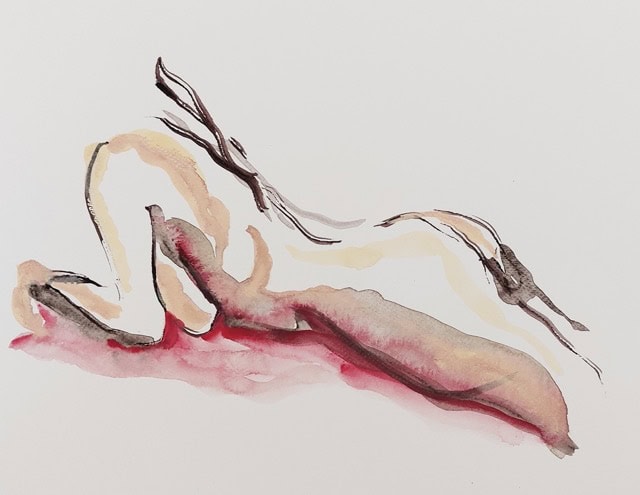Hungarian art music makes up a big part of Hungarian culture. Indeed, it’s said that a nation’s history can be told through its music. Each country has its own folk tales, instruments, melodies, styles and even rhythms.
The preservation of Hungarian’s unique folk music style was an enormous task, and certainly not an easy one. Luckily, Hungary had just the right person to do this – Béla Bartók. Much of the folk music Hungarian still enjoy is thanks to Bartók’s work to preserver the genre. His efforts become even more valuable when we remember that under Soviet rule, national culture wasn’t exactly the top priority.
Bartók was born on March 25th 1881 in the town of Nagyszentmiklós (now in Romania). His early childhood wasn’t fixed in one place. Instead he travelled around provincial towns. He learnt piano from his mother and later from other teachers too. Like many famous composers, his talent was evident from an early age; as a child he wrote small dance pieces. At eleven he gave his first public performance, which included some of his own compositions.
The protestor
His music academy of choice was the Royal Hungarian Academy of Music (later named after Ferenc Liszt). Highly influenced by Ernő Dohnányi, he chose it over the Viennese academy. Young Bartók grew fast as a professional pianist, but quite a bit slower as a composer. That was until he heard the music of Richard Strauss. Coincidentally, a wave of nationalism was rising in Hungary. Being quite young, Bartók protested. In the spirit of this, he wrote a rather famous symphonic poem “Kossuth”. It included a distorted version of the Austrian national anthem, which wasn’t received well on its first performance.
Friendship with Zoltán Kodály
After graduating from the academy, Bartók shared a period of close cooperation with another great composer, Zoltán Kodály. Legend has it that while having a chat they stumbled upon the fact that much of what is known as Hungarian music, is in fact from the Roma tradition. Therefore, they decided to travel to the remotest parts of Hungary to research Hungarian folk music. Not only did they transcribe and notate the music into western notation, but also incorporated the newly recovered melodies into their own work.
A few years later, in 1907, he joined the faculty of the Royal Hungarian Academy of Music as a piano professor. He would remain there for 27 years until his resignation so he could become a working member of the Hungarian Academy of Sciences.
By Illya Ovchar














